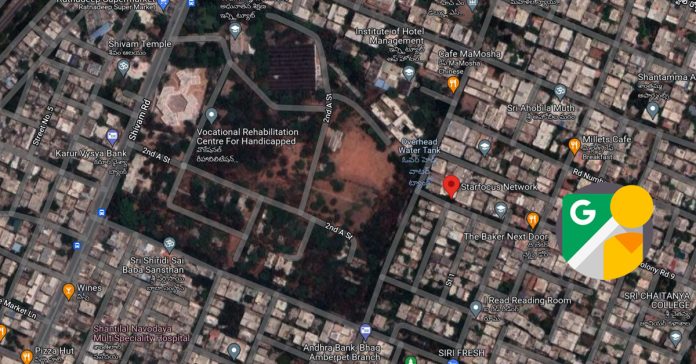Yesterday, after 11 years of wait, Google launched its Street View– Project Gullify in India with collaboration with Tech Mahindra and Genesys International. To start with, it is going to be available in 10 cities at first within a week.
As projected, Google Street View is for public good. But, they are underlying unaddressed concerns. We at Avaaz24, tried to analyze how this Google Street View came into form and what are its underlying concerns.
National Geo-Spatial Policy, 2021
Government of India in the past decade refused to grant permission to Google to cover India through its Street View. It cited security concerns.
Previously, in our country, foreign firms were not allowed to own imagery data. Under the new National Geo-spatial Policy, Department of Science and Technology in 2021, allowed foreign firms to access imagery data. Still, they cannot not own it.
Thus Google partnered with Tech Mahindra and Genesys International from whom it is going to license the imagery data for itself. It is not going to own the data itself.
Tech Mahindra will be mounting cameras on Mahindra’s cars and e-rickshaws to capture live data.
What is Google Street View?
Google Street View gives 360 degree, panoramic “feet on ground photographs” of streets, tourist spots, hills and rivers. Google Maps and Google Earth Apps will enable this technology.
Our National Geo-spatial Policy clearly demarcates the public areas and excludes sensitive areas like government establishments and military containment zones.
Google Street View: Underlying Concerns
No individual privacy
National Geo-spatial Policy makes no provision for safeguarding individual privacy. Photos of people, home and other events on the street are often clicked without a warning. In addition, there is no prior consent. Further, they are made available to the whole world for eternity.
Our Information Technology Act 2000 and IPC 1860 will protect people and punish only for acts such as voyeurism, capturing obscene images, private acts, clicking a woman without her consent. These acts do not to protect against violation of privacy.
Not every time a photo fringes the privacy, sometimes it may be simply be embarrassing or a person may just not want his picture up on the internet. Surely it has be the individual’s right. whether to get published or not.
- Lack of law
There are no Indian laws governing photography in public places.
In general rule, an individual cannot expect right to privacy in a public space. If a person is accidentally captured in a photo of a public space (like a historical monument or a religious space) on a smart phone, he cannot claim about violation of his privacy.
Inadequate Street View’s Blurring Policy
Street View’s Privacy Policy states that personal information which makes a person identifiable (like person’s face/ car number plate) are automatically blurred out.
- As per its policy, it allows people to request Google to blur out images which they feel are violating their privacy.
It is easy to check the image and request blurring for a photo of a home/property, because a person can easily access his street.
But in case of photos of individuals, it is a nearly impossible task. It is not feasible for a person to constantly check Google Street View to ensure that no compromising images of him have been caught.
- Further, images on Street View may be from a few weeks to a few years old. It is too cumbersome for an individual to go back that far in time. It is difficult to ensure his infringement of privacy.
Despite all this, a blurred person is easily recognizable.
- Blurring policies do not apply to user contributed images i.e. people faces will not be automatically blurred in such images. This policy can go wrong. There is a chance of contributing images out of personal vendetta.
[We should first trying solving our dispute with the person contributing the image before we ask to Google]
Time delay
All the above process is time taking. By that time, our images may be broadcasted. Thus, before they are blurred or removed, the whole world sees them.
Images are downloadable
Images from Google Street View are downloadable. Unwanted images can be downloaded before being blurred.
Retaining of images:
Google retains the original, un-blurred image up to 1 year.
Possible solutions to the concerns of Google Street View
- Government needs to develop a law and clear guidelines regarding individual privacy and photography in public spaces. It can grant Google permission to photograph Indian locations, but cannot authorize Google to violate individual privacy in the absence of such a law.
- Indian firms which are going to collect the data from the streets should inform the public in advance before it photographs that area. It may be through the publication of an advertisement in a newspaper or by social media platforms.
- Currently, there is opt-out mechanism in Google Street View. People can opt-out i.e. ask and get their photograph removed. Instead there should be an opt-in mechanism. People should be given the option to be photographed and uploaded.
ALSO READ: James Webb Space Telescope- a new era in Astronomy


